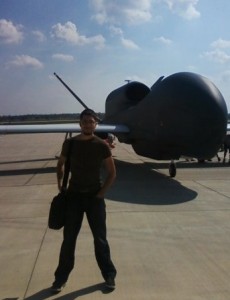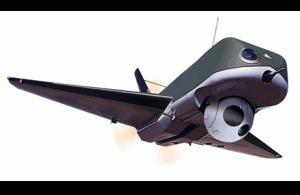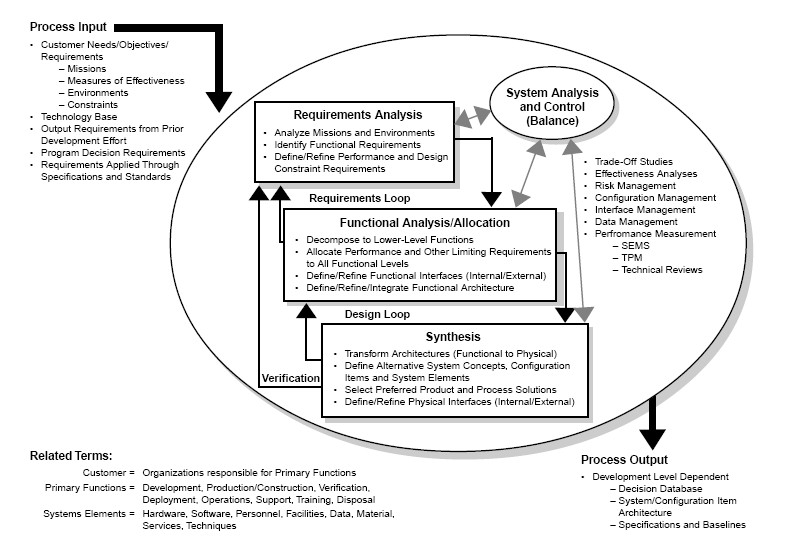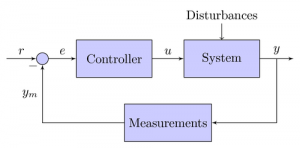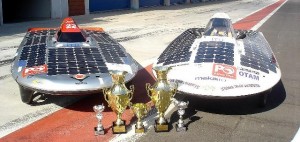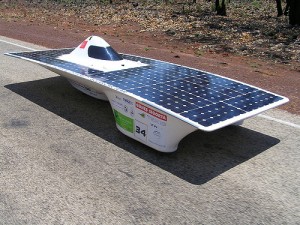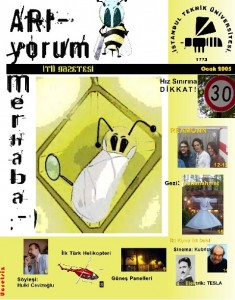Nowadays, nothing is simple. We are dealing with convoluted problems, which require convoluted solutions.
Working on an Unmanned Aerial Vehicle (UAV) project as a project engineer, I have experienced numerous times, how important the systems engineering aspect is.
The engineering approach to complete such a huge specific project requires detailed work division and allocation to specialists in granular level. However, it is not possible to think of these sub groups as individual modules. Any design specification in one of these modules, is also important for other modules as it has impact on the functionality of others.
For instance considering such a multi-disciplinary project, aero-design, electro-mechanical design, electrical system design and digital system design are all coupled.
How? The fuselage and control surfaces impose design specifications on electro-mechanical design, which imposes design specifications on the electrical system design and digital system design is affected by all of the systems and vice versa. Sometimes the relationship is hierarchical, whereas some times it can be unilateral. So how to approach the problem with the systems perspective?
First it’s important to understand, what we mean by systems:
“A system can be defined as a set of elements standing in interrelations” (von Bertalanffy 1968).
A UAV system involves many components, such as aerodynamic design (fuselage, control surfaces, etc), payloads (surveillance systems – gimbals, etc), electrical system (bus powering other systems ), electro-mechanical systems (to mechanically control the motion, payloads etc) and digital systems (auto-pilot, measurement systems etc).
Also, the system as a whole is a part of a system of higher level. The UAV should be inter-operable to be controlled by base stations via the protocols standardized by organizations such as NATO.
The most important thing in the systems perspective is the integration of development phasing, life cycle integration with the systems engineering management. This involves the definition of baselines in the development phasing, integrated teaming and life cycle planning for life cycle integration.
Let it be a complicated engineering project such as this one, or an industrial project involving the design of a distribution network, the system engineering design process considers the system as a whole, instead of individual modules.
The design process of the system between process inputs and outputs is very closely coupled.
Is systems perspective vital? Can we survive without this closely coupled integration?
Probably yes, but we would require countless re-design, re-work and countless deadline extensions…
